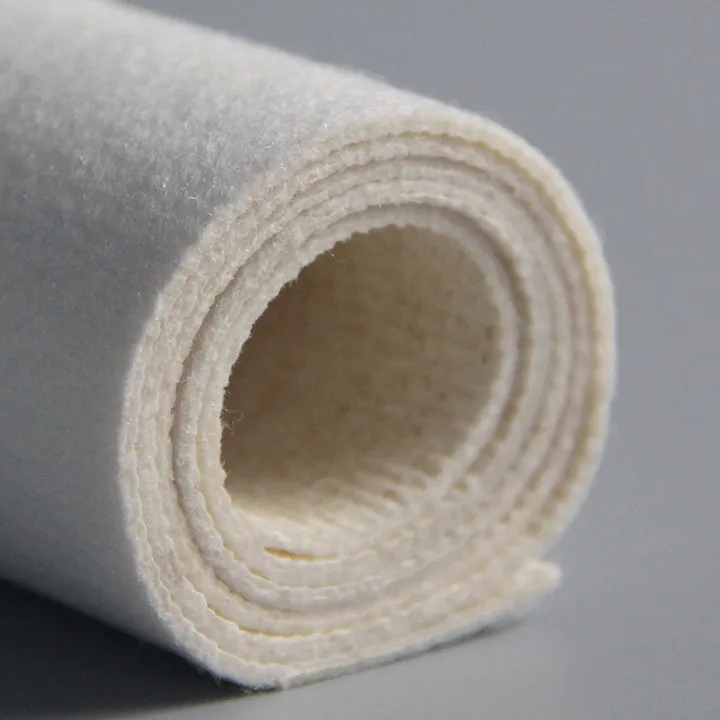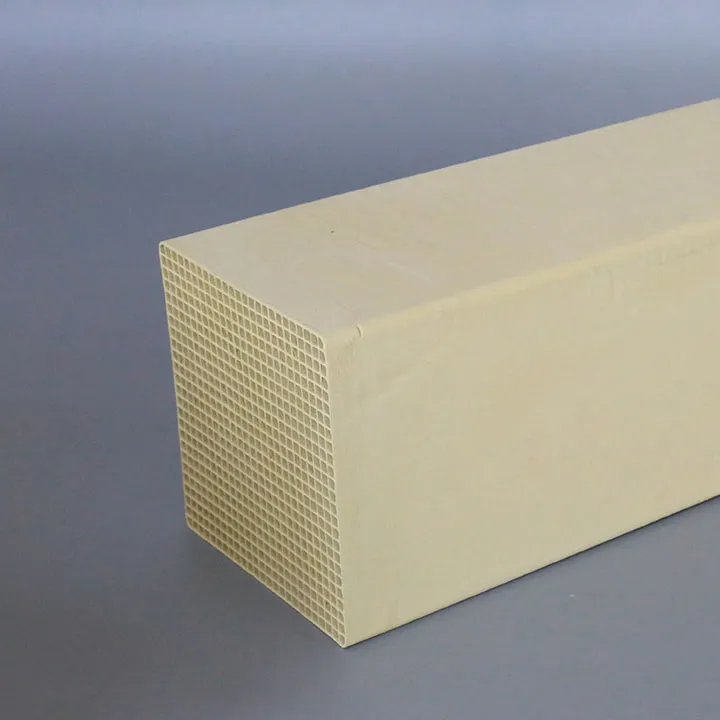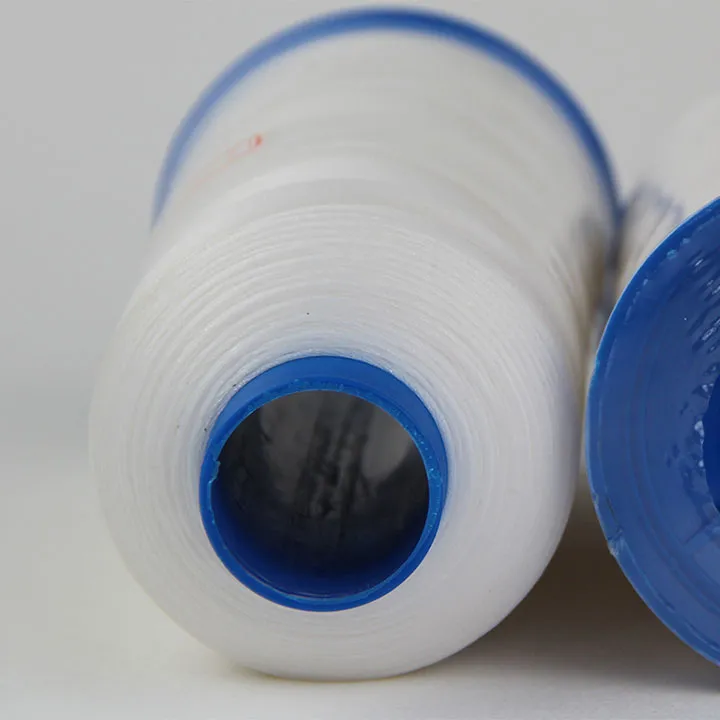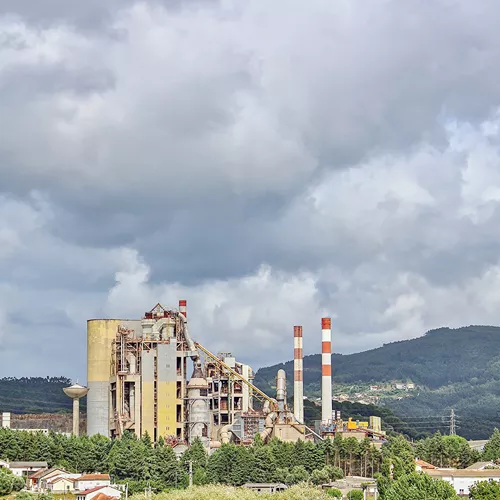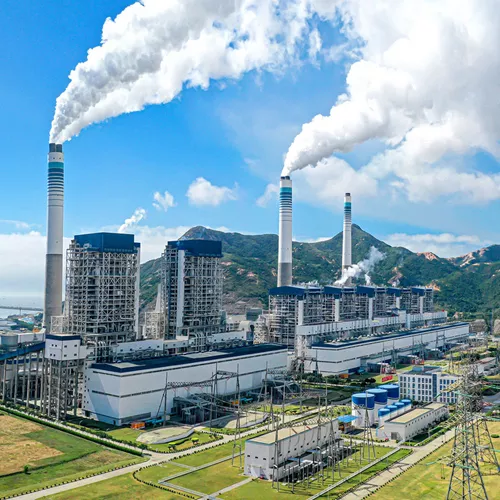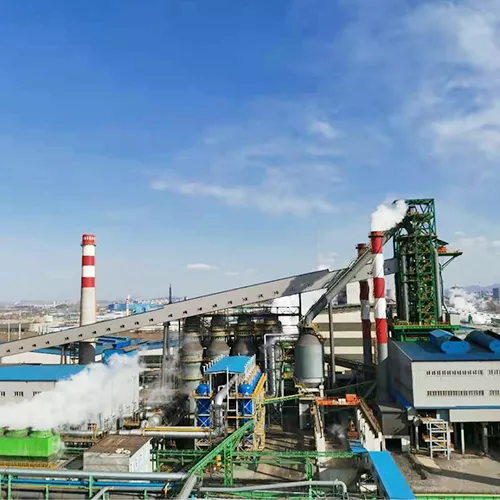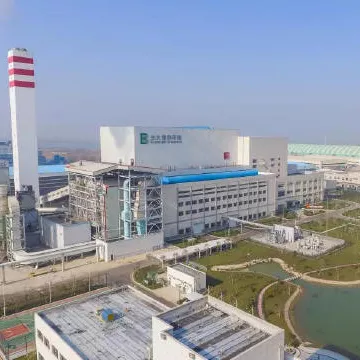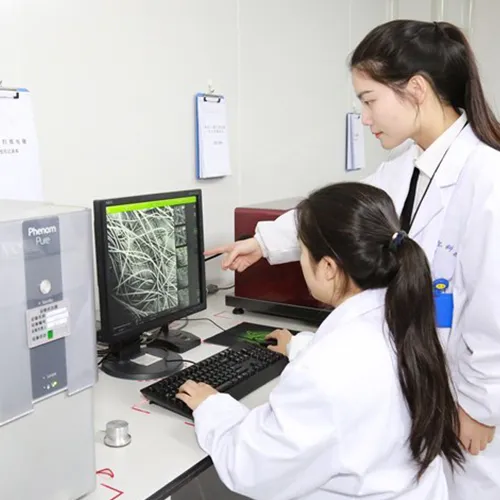Dust Collector Filter Bags for Safety and Compliance
Dust Collector Filter Bags: Ensuring Safety and Compliance in Industrial Settings
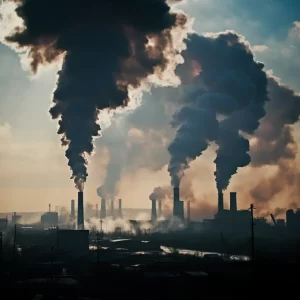
Industrial processes often generate significant amounts of dust, posing risks to both worker health and the environment. Dust collector filter bags play a crucial role in mitigating these risks by efficiently capturing dust particles and preventing their release. This article will explore the importance of dust collector filter bags in ensuring safety and compliance within industrial settings. We will delve into how these bags protect worker health, contribute to environmental sustainability, and help companies adhere to international emission standards.
The Crucial Role of Dust Collector Filter Bags
Dust collector filter bags are the heart of industrial dust collection systems, acting as the primary barrier against dust particles. Their effectiveness directly impacts the safety of workers, the cleanliness of the environment, and a company’s ability to comply with regulations. Let’s explore the multifaceted role of dust collector filter bags in detail:
Protecting Worker Health
Industrial dust exposure poses numerous health hazards to workers, particularly affecting the respiratory system. Inhaling dust particles can lead to a range of respiratory issues, including:
Asthma: Dust can trigger asthma attacks and exacerbate symptoms, causing wheezing, coughing, and shortness of breath.
Bronchitis: Dust exposure can irritate the bronchial tubes, leading to bronchitis, characterized by inflammation and coughing.
Pneumoconiosis: Long-term exposure to certain dust types, such as silica or asbestos, can cause pneumoconiosis, a group of lung diseases that scar lung tissue and impair breathing.
Dust collector filter bags are essential in minimizing these risks. By efficiently capturing dust particles, they significantly reduce worker exposure, creating a safer and healthier work environment.
Beyond respiratory problems, dust exposure can also contribute to long-term health effects such as chronic obstructive pulmonary disease (COPD), lung cancer, and cardiovascular diseases. Implementing effective dust control measures through high-quality filter bags demonstrates a commitment to worker well-being and reduces the potential for long-term health complications.

Environmental Stewardship and Emission Control
Industrial dust emissions contribute significantly to air pollution, impacting air quality and posing environmental hazards. Dust particles released into the atmosphere can:
Reduce Visibility: Dust plumes can obstruct visibility, creating safety hazards for transportation and affecting local communities.
Contaminate Ecosystems: Dust settling on soil and water bodies can disrupt ecosystems and harm plant and animal life.
Contribute to Respiratory Issues: Airborne dust particles can travel long distances, impacting air quality in surrounding areas and contributing to respiratory problems in the general population.
Dust collector filter bags play a vital role in environmental stewardship by capturing dust at the source and preventing its release. This reduces air pollution, protects ecosystems, and promotes cleaner air for everyone. Additionally, the industry is moving towards more sustainable dust collection practices, with the development of eco-friendly filter bag materials and energy-efficient systems.
Using Dust Collector Filter Bag to Achieve Compliance with International Emission Standards
Governments worldwide have implemented strict emission standards to control industrial air pollution, including dust emissions. These regulations aim to protect public health and the environment.
Compliance with Global Regulations
United States: Under the Clean Air Act (CAA), the EPA sets National Ambient Air Quality Standards (NAAQS) for pollutants like particulate matter (PM). Industries must comply with these standards and obtain permits for their operations. Additionally, the NESHAP regulations target specific hazardous air pollutants, including dust from certain industrial processes.
European Union: The Industrial Emissions Directive (IED) aims to prevent and reduce pollution from industrial activities. It requires facilities to obtain permits and implement Best Available Techniques (BAT) to control emissions, including dust. BAT reference documents (BREFs) provide guidance on best practices for various industries.
Japan: The Air Pollution Control Law sets emission standards for various air pollutants, including particulate matter. These standards vary depending on the industry and location. Facilities need to implement dust control measures and obtain permits to ensure compliance.
India: The CPCB establishes national ambient air quality standards and emission standards for industries. Industries must adhere to these standards and implement dust control measures such as bag filters to limit particulate matter emissions. Regular monitoring and reporting are also required.
China: China’s air quality standards and emission limits for particulate matter have become increasingly stringent. Industries are required to adopt advanced dust control technologies and comply with emission permits to operate legally. Regular inspections and enforcement actions ensure compliance.
Meeting Specific Industry Requirements
Different industries generate dust with varying characteristics and require tailored dust collection solutions. Here are some examples:
Steel Plants: Steelmaking processes generate dust containing heavy metals and other hazardous substances. High-temperature filter bags made from materials like fiberglass or PTFE are necessary to withstand the harsh conditions and efficiently capture these pollutants.
Cement Plants: Cement production releases large amounts of fine dust, requiring efficient filtration systems. Filter bags made from materials like polyester or polyacrylonitrile with surface treatments are often used to enhance dust capture and prevent emissions.
Power Plants: Coal-fired power plants produce fly ash, a fine particulate matter that needs to be controlled. Baghouse filters with specialized filter bags are used to capture fly ash and comply with emission standards.
Waste Incineration Plants: Waste incineration generates dust containing various pollutants, including dioxins and furans. High-efficiency filter bags made from materials like PTFE are crucial for capturing these harmful substances and protecting the environment.
Want to know the differences between dust collectors in different fields of industry? View in our guide on “Baghouse filter application in 4 different industry areas”
The Future of Dust Collection Technology
The field of dust collection technology is continuously evolving, driven by stricter regulations and the need for more efficient and sustainable solutions. Some key trends include:
Advancements in Filter Bag Materials: Researchers are developing new filter media with improved efficiency, durability, and resistance to chemicals and high temperatures. Nanofiber materials and membrane technologies are showing promise for enhanced filtration performance.
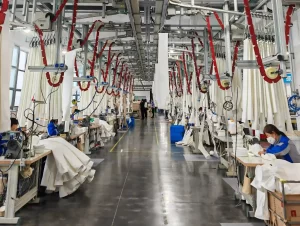
Smart Monitoring Systems: The integration of sensors and data analytics allows for real-time monitoring of dust collection systems, enabling predictive maintenance and optimization of performance.
Energy Efficiency: Dust collection systems can consume significant energy. New technologies focus on reducing energy consumption through optimized airflow design, efficient fan systems, and alternative filter cleaning methods.
Sustainable Solutions: The industry is exploring eco-friendly filter bag materials made from recycled or biodegradable polymers. Additionally, research is ongoing into dust recycling and utilization methods to reduce waste and promote circular economy principles.



